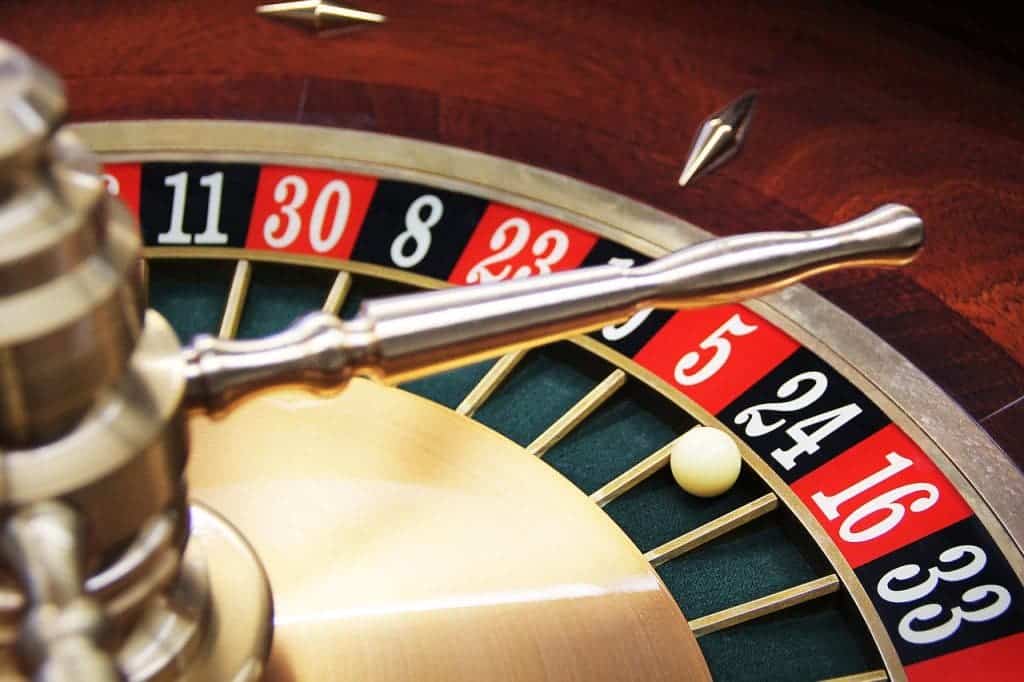When faced with a risky decision, like in gambling, some people falter and become very cautious, while others get super excited. As it happens, this trait of character may be determined by the strength of the connection between key brain areas of the brain. It’s not only drugs that cause addiction — gambling is psychologically addictive and can be just as dangerous as substance abuse.
Three to five gamblers out of every hundred struggles with a gambling problem and as many as 750,000 young people, ages 14 to 21 have a gambling addiction. The findings might help therapists devise better measures. At the same time, using brain scans doctors can finally see whether their patients are making any progress.

Hold your horses
The two brain regions in questions are the anterior insula and nucleus accumbens.
The nucleus accumbens has been identified as the reward center of the brain. Although this is an oversimplification, it definitely plays a central role in our reward circuit. When people think of about things that have a reward attached to it, this region lights up. Oppositely, the anterior insula is the angst center of the brain. Through the release of noradrenaline and other neuro-chemicals, it creates the gnawing anxiety that causes us to slow down and tread carefully.
When you buy something on impulse, that’s the nucleus accumbens working its magic. When you feel bad and remorseful about the purchase though, that’s the anterior insula.
Given their importance, the two regions have been thoroughly studied by neuroscientists in the last decades. It’s only been recently, however, that we’ve begun to understand how the two are connected.
Using a technique invented at Stanford called diffusion-weighted MRI, neuroscientists developed a tract that directly connects the anterior insula and nucleus accumbens. This was previously discovered in animals, but never noticed in humans.
The thicker the sheath of tissue surrounding the neural tract between the two brain regions, the more cautious the study participants’ decisions were in a gambling test. If this tract was poorly insulated, then people become more prone to risk taking and impulse decision making, in general.
“Activity in one brain region appears to indicate ‘uh oh, I might lose money,’ but in another seems to indicate ‘oh yay, I could win something,’” said Brian Knutson, associate professor of psychology. “The balance between this ‘uh oh’ and ‘oh yay’ activity differs between people and can determine the gambling decisions we make.”
“Most people love the small chance of a huge win,” Knutson said. “But people vary. Some people really, really like it. But people who have a stronger connection don’t like it as much.”
The study involved graduate students who were offered $10 once they entered the experimental setting. The participants entered an MRI chamber which scanned their brain activity, while they played various gambling games with different odds of winning. They money was theirs to keep, whether they decided to make more by gambling or cut their loses by playing extra-safe. In one bet, they might have equal odds to win or lose $3. In another, they might have higher odds of winning a small amount and small odds of losing a lot or vice versa.
All participants would sometimes take risky bets. When that happened, the cautious region stayed quieter while the enthusiastic region grew more active.
“We could predict the person’s upcoming bet based on the balance of activity in these regions,” said Knutson, who is also a member of Stanford Bio-X and the Stanford Woods Institute for the Environment.
“Now we can start asking interesting questions about impulse control and gambling,” Knutson said. “For example, does the connection change over the course of therapy?”
There might be a way to strengthen this connection, and help addicted gamblers settle their impulses. This may include drugs or assisted therapy. In industries were placing risky bets is undesirable, like the stock market and even politics, applicants could be screened for anterior insula and nucleus accumbens connectivity strength.
Of course, sometimes a well-thought risk can pay off.



